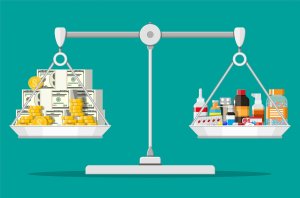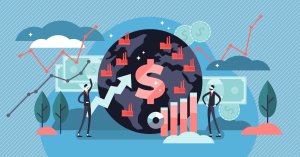Lazonick’s “Room For Debate” piece is below. To read the full discussion on The New York Times, click here.
U.S. corporate profits abound, but for most Americans, prosperity can’t be found. Open-market repurchases — stock buybacks — are central to the problem.
From 2004 to 2013, 454 companies in the S&P 500 Index expended 51 percent of their profits, or $3.4 trillion, on repurchases, on top of 35 percent of profits on dividends. Of profits not distributed to shareholders, a big chunk was parked overseas, under a tax loophole that encourages U.S. companies not to invest at home.
The real bottom line: corporate profits are high, but corporate reinvestment is low. Yet business investment in productive capabilities is the foundation of sustainable prosperity. Innovative enterprises train and retain employees who work together to generate competitive products. Profits from product sales permit higher earnings that can be sustained over time. That’s how living standards rise, creating a broad-based middle class like the one America used to have.
So who gains from open-market repurchases? Their sole purpose is to give a company’s stock price a manipulative boost, and prime beneficiaries are the corporate executives who decide to do them. In 2012, 83 percent of the $30.3 million in mean total compensation of the 500 highest-paid executives came from realized gains from exercising stock options and vesting of stock awards. For corporate executives, stock-based pay is a ticket to membership in the 0.1 percent top-income club.
So why do we let executives manipulate the stock market? Back in 1981 John Shad, a Wall Street banker and Ronald Reagan backer, became head of the Securities and Exchange Commission. Shad, like the Chicago economists who influenced him, believed that a deregulated stock market was good for the economy. In November 1982 the very government agency that is supposed to regulate the stock market adopted Rule 10b-18, which instead encourages corporations to manipulate stock prices through open-market repurchases.
Rule 10b-18 gives corporations a “safe harbor” against charges of stock-market manipulation if, among other things, its buybacks on any single day are no more than 25 percent of the previous four weeks’ average daily trading volume, which for many companies can be $200 million or more in buybacks per day. Only top executives know when buybacks are actually done, so if the corporation’s buybacks exceed the 25 percent limit it is not likely that there will be repercussions.
My research shows that this regulatory failure is an important part of the puzzle of profits without prosperity. Perhaps you had never heard of SEC Rule 10b-18? Well now that you have, you might want to demand a national debate on why it exists. Along with most economists, the S.E.C. needs to rethink the role of the stock market in the economy so that it can distinguish rules that encourage value extraction from those that encourage value creation. If we want to transform profits into prosperity, that’s the bigger economic debate that needs to begin.
For additional background on Lazonick’s work click here.
For a broader description of Lazonick’s ideas please see the piece “Profits Without Prosperity” in the September 2014 issues of the Harvard Business Review.




